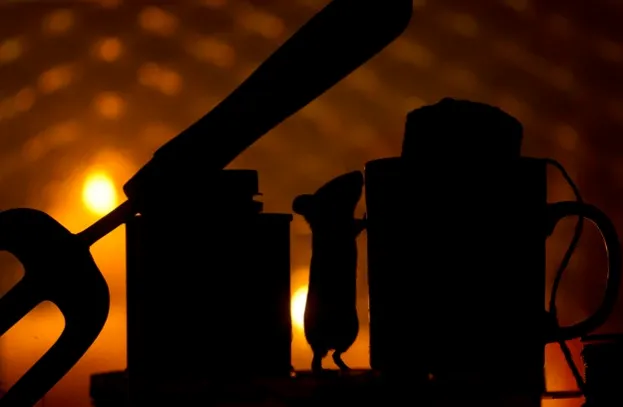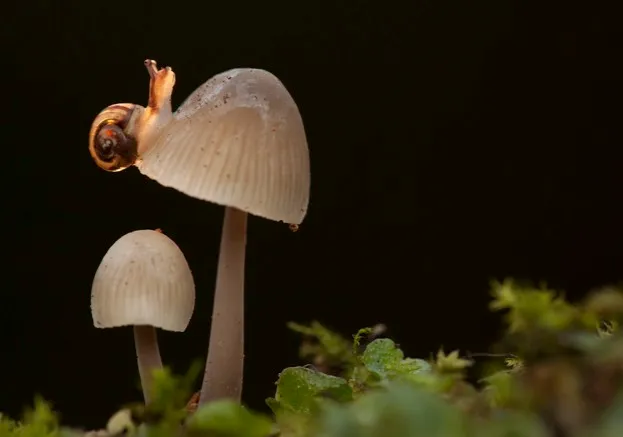As the day ends, the natural world’s night shift kicks into gear and many of our best-loved animals become more active – but thankfully you don’t need to be an insomniac to work at night, says wildlife photographer Paul Hobson.
The best times are just after dark, when snuffling hedgehogs, skittish woodmice and earthworm-seeking badgers are active. A few titbits (such as peanuts or dog food) can help attract them.
Taking photographs at night has a magic all of its own, but there are some obvious challenges, the biggest being the lack of light. So we need to add some by using a flash or torch, or try to work with available light from street lamps or the moon.
Setting high ISO values is important when using natural light at night, but be careful of creating too much ‘noise’ in your images. Many modern digital cameras have their own flash built-in, but I would suggest that you buy a more powerful flash gun. This will allow you to illuminate the animal with full flash, or use a more subtle light (fill flash) that blends the background into the image.
Finally, try to think outside the box. You don’t always need to fully light your subject: silhouettes are effective, as are backlit images.
Here are three examples of my after-dark wildlife photography:
1 Garden hedgehog
The image above shows a rescued hedgehog that lives in my garden. I kept him interested in the step every night by putting out dog food. To take this shot I used a wide-angle lens on a tripod and fill flash, plus a long exposure.
I used a flash gun off the camera to direct the light where I wanted it. Versatile flash guns – where you can vary the power of the flash and use them off-camera – allow for more creative images.
By shooting earlier in the evening and using a long exposure I retained some colour in the sky. This helps to outline and define objects such as houses.
Composition is very important. I chose to have the hog low in the frame so I could use the warmly lit house as a backdrop. The long exposure balances the flash and shows the inside lights.
Hedgehogs, like badgers, are not too bothered by flash, but always take extra care when using it. As ever, if your photography is causing any distress, stop straightaway.
2 Wood mouse silhouette
A colony of woodmice lives under my shed, eating stored birdfood. I created this image by putting peanuts on the window sill and lighting candles inside the shed, then shooting from outside when a mouse came for a snack. I under-exposed it to create the lovely orange glow and the silhouette of the mouse.

3 Snail in macro
In my garden hundreds of baby snails emerge on rainy nights in late summer. For this photo I used a macro lens and tripod, and lit the snail from the front with two flash guns on low power and with a torch from behind to get the glow in its body. I made sure there was nothing behind the toadstool that could be caught in the flash.

EXPERT TIP
To add light to one part of an image at night, such as a hedgehog in a churchyard, tape a tube of white paper over the end of the flashgun. This helps to direct the flash at the subject.
Paul Hobson, wildlife photographer
